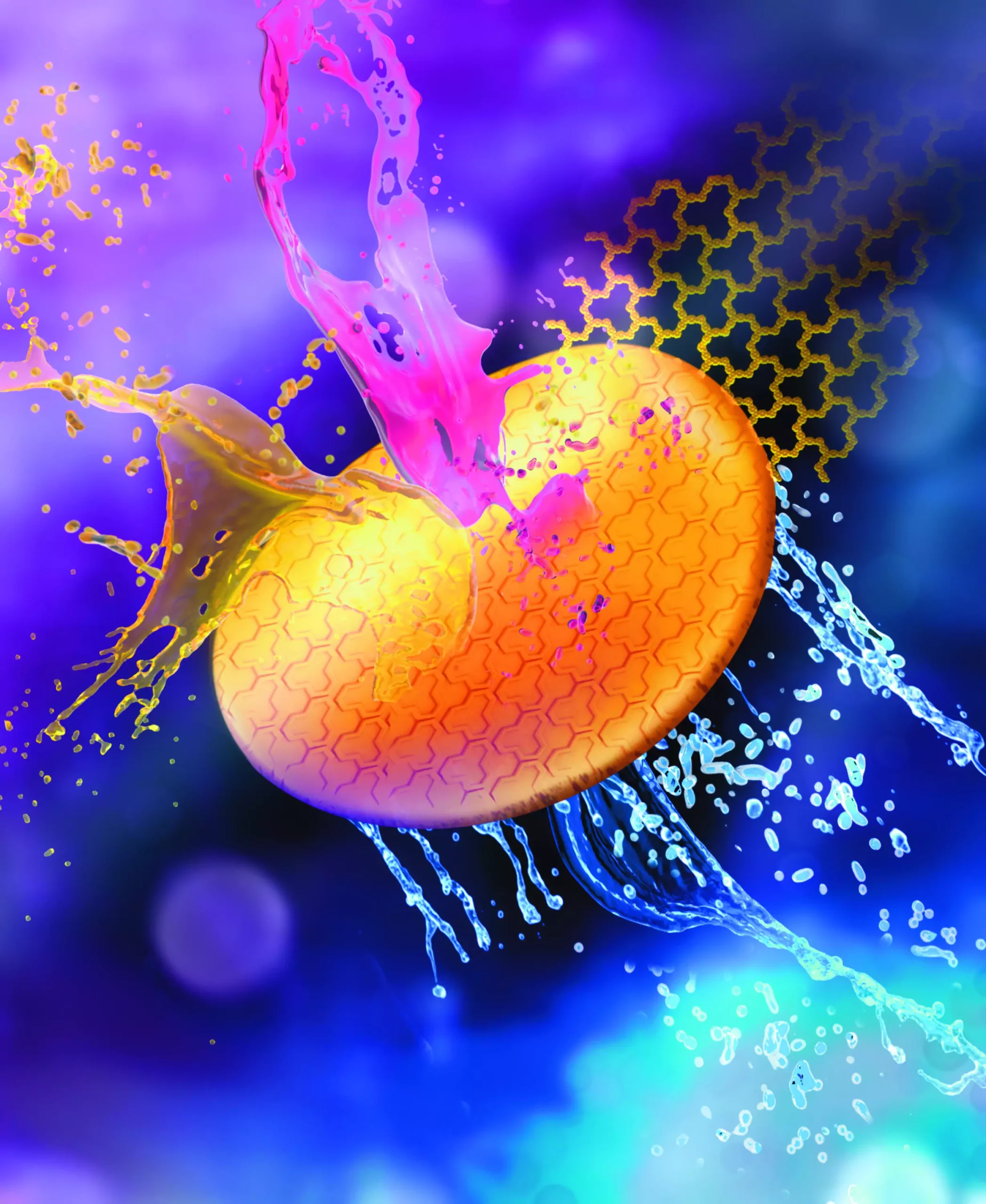In light of increasing water scarcity around the world, researchers are in a race to devise effective methods for water purification. A landmark study from NYU Abu Dhabi (NYUAD) presents a groundbreaking advancement in this field through the development of dual-faced covalent organic framework (COF) membranes. Utilizing microwave-assisted synthesis, the researchers have crafted a methodology not only noteworthy for its speed but also its efficacy in dealing with various pollutants, making it a remarkable contribution to the pursuit of sustainable water management practices.
The novel approach described by researchers, led by Ali Trabolsi, enables the creation of COF membranes in a matter of minutes—an impressive reduction compared to traditional methods. The innovative use of microwave technology allows for a one-step synthesis that occurs at the liquid-water vapor interface. This significant shift in how COF membranes are synthesized has the potential to revolutionize the way filtration systems are constructed. As Farah Benyettou and Asmaa Jrad, two key researchers on the team, explain, the rapid production time facilitates the customization of membrane properties such as thickness and hydrophilicity depending on specific contaminant challenges.
What distinguishes these COF membranes is their dual-faced architecture, featuring both superhydrophilic and near-hydrophobic surfaces. This unique structural construct plays a pivotal role in maximizing the membrane’s filtration capabilities. With specialized surfaces capable of efficiently removing oils and dyes from polluted water, this technology addresses the intricate challenges posed by different types of contaminants. Moreover, the strong antibacterial properties embedded within the membranes ensure prolonged usability—a vital attribute in an era increasingly susceptible to microbial threats.
The NYUAD team’s COF membranes have demonstrated remarkable efficacy compared to conventional polymeric filters, particularly in combating organic fouling—one of the most persistent issues that hampers membrane filtration systems. Their multilayered structure results in consistent porosity and superior water flux, facilitating not only effective filtration but also reducing the frequency of maintenance required for such systems. This advancement gears us toward a more sustainable future where water reclamation becomes a feasible option rather than an afterthought.
The publication of this innovative research in the Journal of the American Chemical Society brings vital attention to the possibilities offered by dual-faced COF membranes in solving pressing water purification challenges. With their quick synthesis method and enhanced filtering characteristics, this development represents a significant leap in our capability to address an urgent global concern. As Trabolsi aptly notes, this work simplifies traditional production processes while enhancing the efficacy of water purification technologies. This breakthrough stands as a promising move towards ensuring clean water availability in the face of growing environmental challenges and underscores the importance of continued innovation in water technology.


Leave a Reply